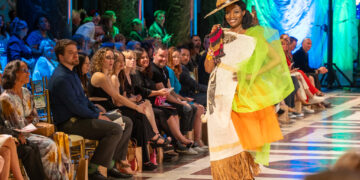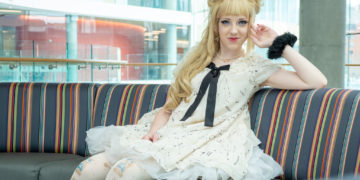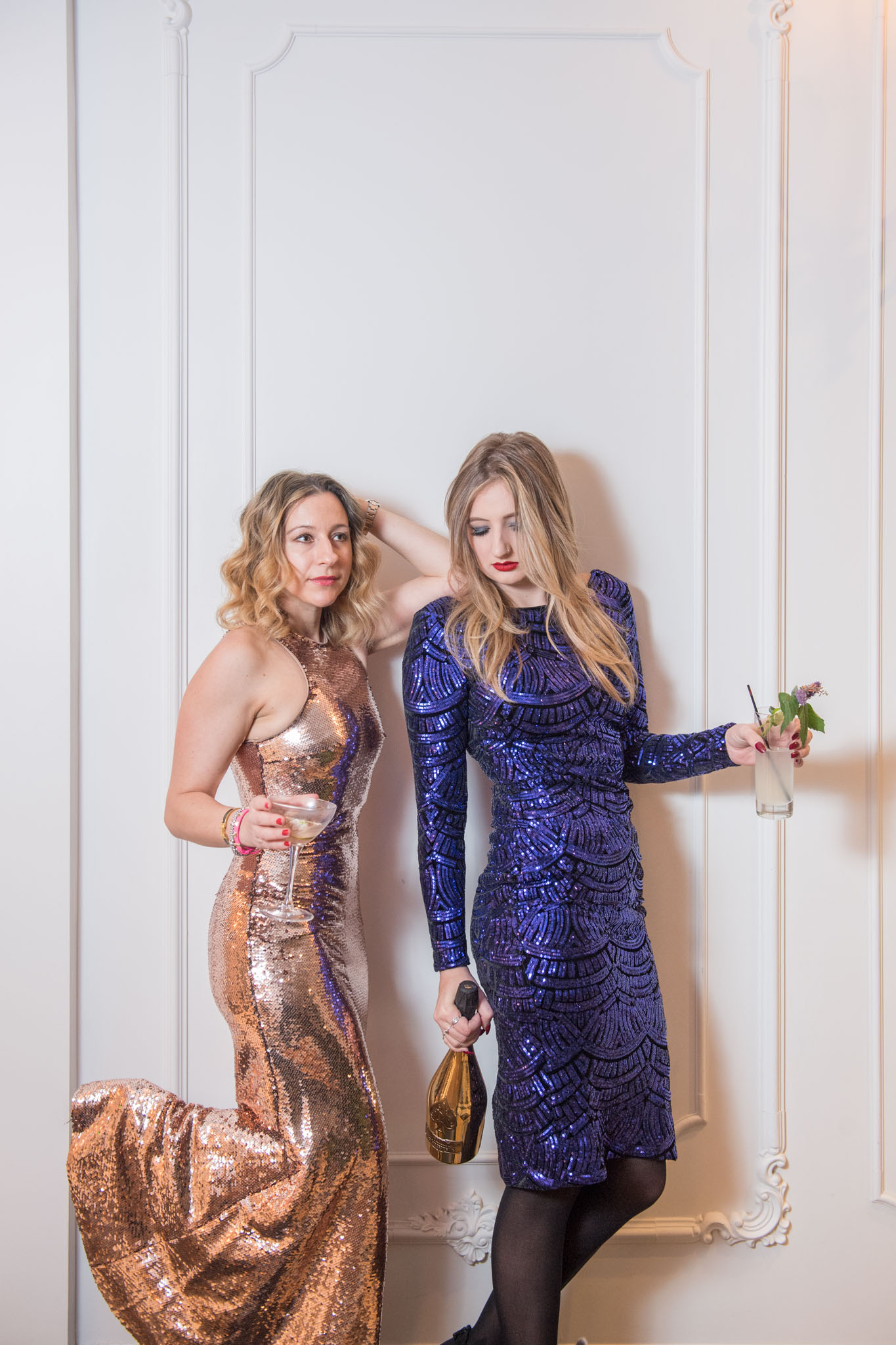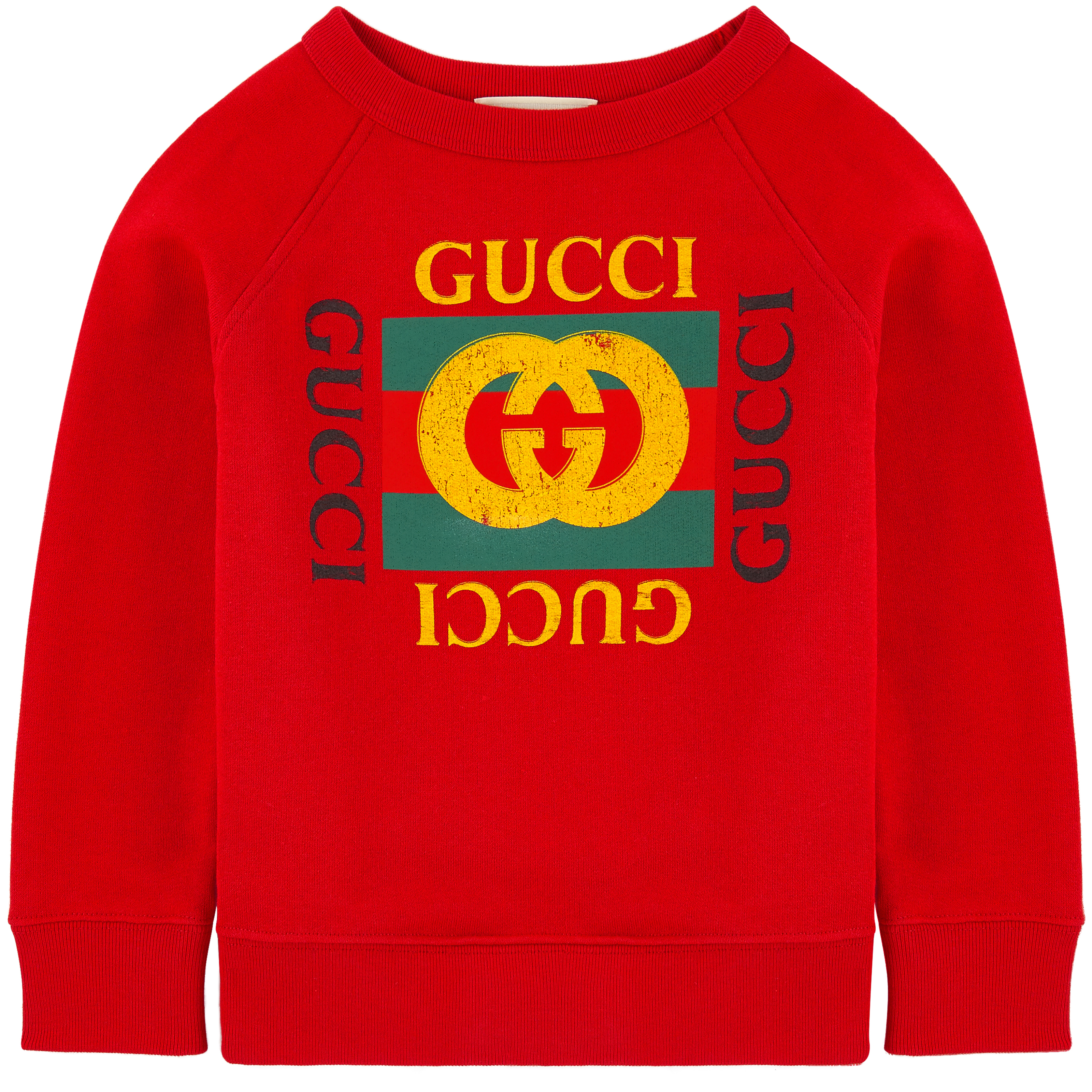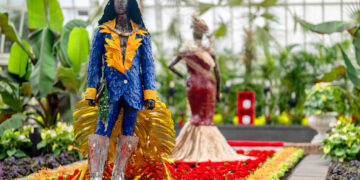We live in an age where everything is created through the pushing of buttons or the movement of gears. While we relish in today’s technology boom, we mustn’t forget how it used to be done. Back in the day, it was typical to draw or paint what needed to be visually communicated, thus was the beginning of fashion illustration. Fashion illustration has lent itself to various art movements such as art deco, pop art, and even cubism. A lost art but still an iconic movement in its own right, fashion illustration has made its presence on the covers of Vogue magazines and through promotions posters of previous eras.
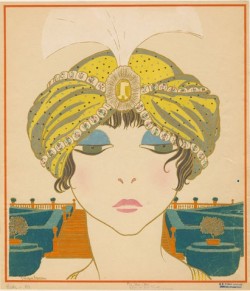
Georges LePape
One of the earliest pioneers of fashion illustration was George LePape, a french native who illustrated for the houses of Worth, Lanvin, and Paquin. He is widely credited for being the first to use “motion” in order to tell a “story”-evident through his whimsical art deco illustrations. Another influential figure in the world of illustration was Eduardo Benito, who made his way to fame after moving to Paris from Spain at the age of 19. He made ends meet by selling his paintings of everyday Parisian society. After meeting Condé Nast, he eventually became one of Vogue and Vanity Fair‘s most valuable artists.
René Gruau captured the zeitgeist of french Cabaret in his fantastical illustrations of women in voluminous skirts dancing to the can-can- creating the party image for Paris’s own Moulin Rouge. He also illustrated numerous Dior advertisements. His works are easily recognized for their elegance and glamour.
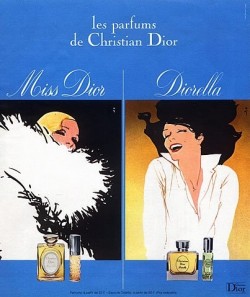
René Gruau
Some illustrators were so good that they were known solely by their first name such as Antonio Lopez (no relation to George) who was simply known as “Antonio”. He was considered the Picasso of fashion illustration and captured the “pulse of style” from the 60’s to the 80’s. Antonio expressed through a handful of mediums such as watercolor, charcoal, and even Polaroid film. These previous fashion illustrators have sadly passed but let’s mention just one last artist who has managed to rise to a respectable status in our technological generation: François Berthoud. Berthoud, like Benito, worked for Condé Nast. His style is an amusing cross between Pop Art and German Expressionism. He is known for his exceptional craftsmanship and his utilization of printmaking.
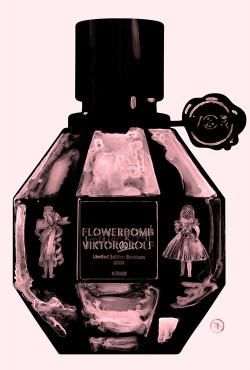
François Berthoud
Let’s take a moment to recognize the amazing artists out there, not just the ones in fashion but anybody who has enough skill to never have to touch a mouse or press any keys to make an image beautiful. Nowadays, technological innovation is almost expected if not typical. Less and less people are using those little things called pencils and pens to express themselves. So look at this as just a little shout out to the painters, the sketchers, and the print makers. You’re the ones who started it all!

